Why mullein is useful and how to prepare fertilizer for tomatoes
Mullein is one of the most affordable organic fertilizers. It is widely used both on an industrial scale and in small areas. Many plantings respond well to the mullein, including tomatoes, which are popular in our country. Mullein feeding of tomatoes is carried out several times per season. Fertilization allows you to get a more plentiful and tasty harvest, improve the structure of the soil and facilitate the care of crops.
What is mullein, fertilizer composition
Mullein is a cow dung-based nutrient solution. The fertilizer contains a complex of the most essential substances for the growth of green mass and fruiting of horticultural crops:
- nitrogen - for active vegetation;
- phosphorus - without it, ovaries will not form;
- potassium - a macronutrient required during the flowering period;
- magnesium - participates in photosynthesis;
- calcium and other elements.
Nitrogen and potassium are predominant in mullein. Because of this, the timing and amount of dressings must be strictly observed so as not to overfeed the plant. An excess of nitrogen forces the vegetative parts of tomatoes to outgrow to the detriment of the growth of ovaries and fruits.
The chemical composition of manure depends on the food that the animals ate. Nevertheless, mullein is in any case a complex of all macro- and microelements necessary for the normal development of plants.
How fertilizer works: when applied, soil fertility increases significantly, as the amount of humus - the nutrient layer - increases. The soil becomes not only nutritious, but also looser. This facilitates the access of oxygen to the plant roots.
Benefits of feeding tomatoes and other crops with cow dung:
- Versatility - the fertilizer is suitable for both fruit and vegetable and even decorative plantings.
- Raw materials are very cheap, and if there are cattle on the farm, they are free.
- Manure is an environmentally friendly fertilizer.
- It is very simple and fast to prepare.
- The action lasts for a long time: the fertilizer is mineralized gradually, providing nutrition to crops throughout the season.
- All substances in mullein are easily absorbed by plants.
- Diluted manure can be used even if the plants are completely healthy and do not need enhanced feeding.
- Mullein serves as food for beneficial microorganisms in the soil, helping them to reproduce.
- Insoluble compounds in the soil, after applying manure, easily pass into digestible.
- The soil with the mullein in the composition warms up faster in spring.
How to cook mullein for tomatoes
It is dangerous to use pure cow manure, as it has a high decomposition temperature. Incorrect fertilization ratios will burn the root system, which will greatly weaken the plant.
Mullein is often confused with slurry. Fertilizers are prepared from one raw material, but the slurry is dangerous due to the presence of pathogenic bacteria. Mullein is a fermented solution. While the slurry ferments, the bacteria die. Mullein works as well as slurry, but it is considered a safer way to feed.
How to make tomato mullein:
- First, a bucket of fresh manure is diluted with 4-5 buckets of water.
- Stir everything thoroughly.
- The solution is transferred to a warm place. Fermentation times vary from 3-4 days to 2 weeks. The container is covered with a lid. Every 2-3 days it is opened slightly to mix the solution.
- Cow dung will ferment, killing dangerous microorganisms and evaporating uric acid. Because of this substance, the root system gets burned.Signal that the fermentation process has begun, bubbles rising to the surface. After about a week, the color of the solution will begin to change to a lighter color. Solid particles will settle to the bottom.
- The fermented mass must be diluted again before use. There should be at least 2 times more water. The recommended proportions for tomatoes are 1: 4 or 1: 3.
- The solution is infused and stored under a closed lid so that valuable substances do not evaporate.
Advice! To enrich the mullein, some vegetable growers supplement the fertilizer: for 10 liters of liquid - 100 g of superphosphate and 500 g of wood ash.
Rules and timing of feeding
The term for feeding tomatoes with mullein is spring. Fertilizer is most effective at this time of year. The first introduction is carried out at the beginning of the growing season. Repeat - with the beginning of flowering. The third fertilization is planned for the formation of ovaries.
In the second half of summer, when the plant redirects its forces to the ripening of fruits, watering with a mullein is undesirable: nitrogen provokes the bushes to build up the green mass. Because of this, the harvest may not be as abundant.
How to properly feed tomatoes with mullein:
- The approximate consumption of the finished solution is 10 liters per 1 m2... For one plant, 0.5 liters of fertilizer is enough.
- After the seedlings take root, the first dose of mullein is introduced. The approximate period is 15-20 days after disembarkation on the site or in the greenhouse.
- It is not necessary to water the beds with a solution; to introduce the mullein, shallow grooves are first dug. They are made around each plant on one or both sides. It is perfectly acceptable to dig out the grooves between the rows.
- After irrigation with fermented manure, the grooves are covered with soil.
- The next watering is carried out no earlier than 14 days after the first. It is good if you manage to guess and add the mullein on the day of blooming of the second, and then the third brush.
Precautions in fertilizing tomatoes
There are cases when the mullein did not bring the expected result. This does not mean that the fertilizer is useless, it just was applied in an inaccurate dosage or at the wrong time. Soil properties also affect the effectiveness of manure feeding.
A few tips for growing tomatoes for inexperienced gardeners:
- You do not need to pour mullein under tomato bushes more than three times per season.
- Organic matter should not be overused if the soil for tomatoes is nutritious and loose.
- It is necessary to fill the mullein in the aisle only after abundant moisture in the beds.
Mullein alternatives
Cattle droppings are not the only fertilizer of this kind. Rabbit droppings are used to feed the bushes. How is he better or worse than a mullein?
Rabbit dung also contains nitrogen, potassium, magnesium, phosphorus and a number of other valuable elements. Even the heaviest clayey soils become loose after regular introduction of rabbit droppings for three years. This type of organic is used much less often than cow dung, but as an alternative it will also be useful.
As in the case of cow dung, rabbit excrement is introduced into the soil only in a rotted form. Tomatoes are sensitive to an excess of nitrogen, so fertilizer dosages are strictly observed: manure is diluted with water in a ratio of 1:15. You need to pour the liquid into the grooves around the bushes.
Despite the ease of preparation and availability of the mullein, its action can exceed all expectations. Three-time spring feeding is more than realistic to increase the yield of even a weak variety of tomatoes. However, fertilizing the beds with fermented manure should be done with caution: although in a dissolved form, it still remains a potent agent. In case of an overdose, the mullein will cause harm instead of use. If you observe the proportions, the benefits will not be long in coming.
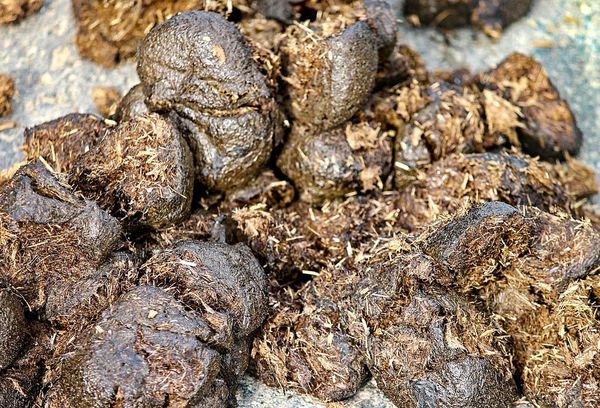
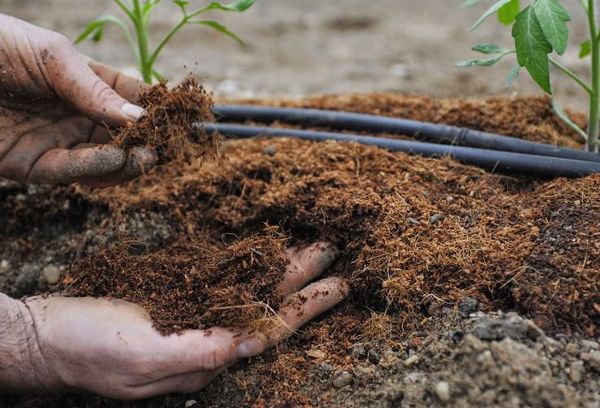
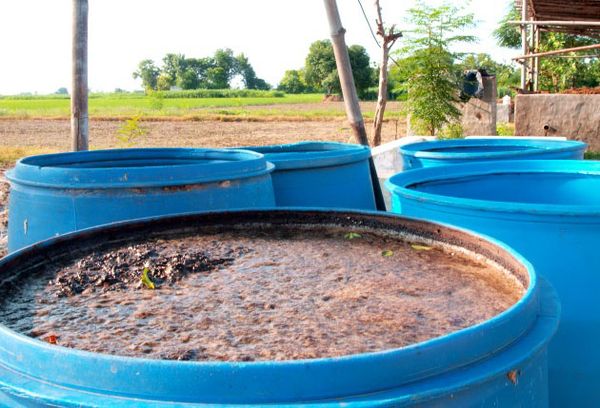
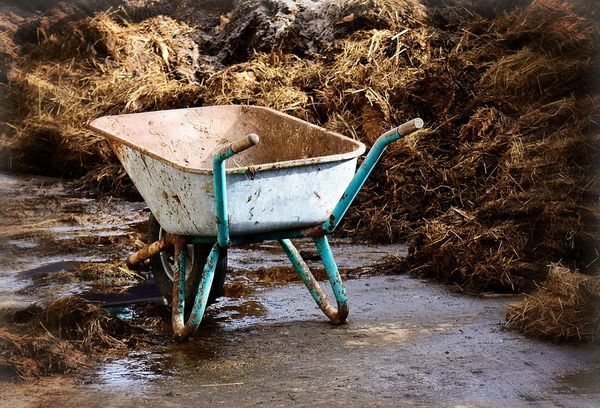
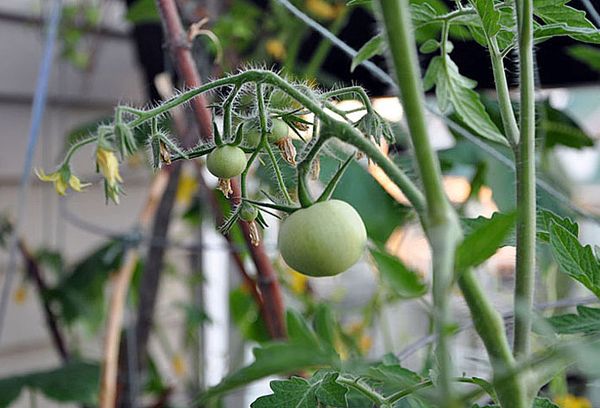
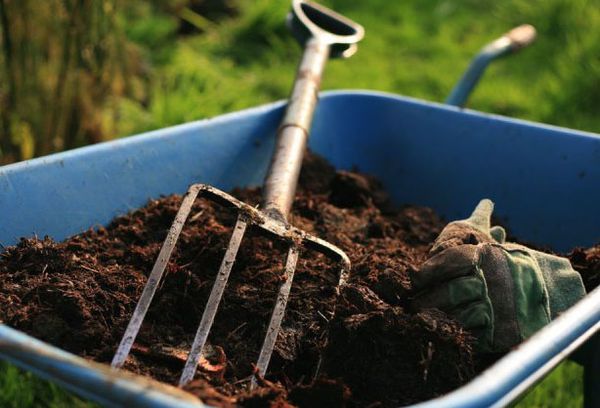
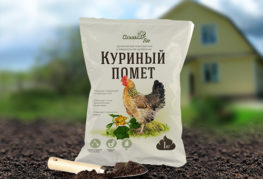
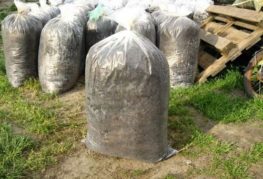
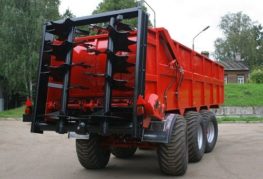
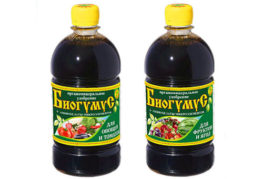
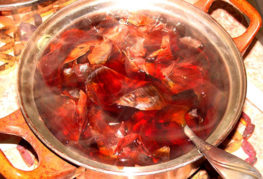
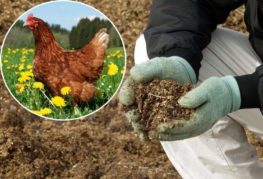
and will be published shortly.